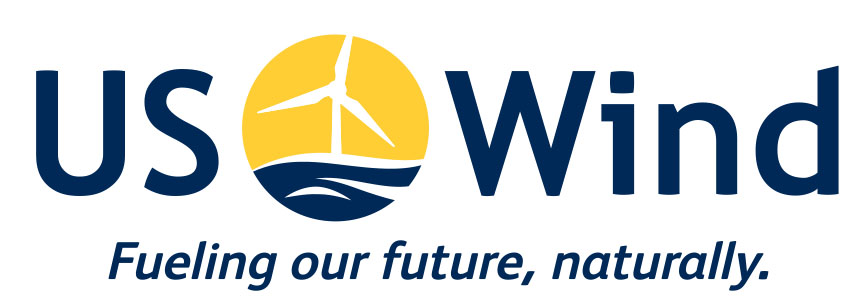How the U.S. is making a long-term investment in renewable energy
In recent years, the wind power in the U.S. has become a mainstream power source in the U.S. electricity portfolio and is considered a cost-effective source of low-emissions power generation throughout much of the nation, supplying 4.5% of the nation’s electricity demand in 2013. By the end of that year, more than 61 gigawatts (GW) has been installed across 39 states, and new investments grew to $80 billion with a compound annual growth rate of 21%.
The Department of Energy has introduced the Wind Vision roadmap approach, which outlines actions that can be taken by stakeholders that will help enable U.S. wind to compete for deployment in the U.S. power generation portfolio. This includes cost reduction, expansion of developable areas, and increasing the nation’s economic value.
The report highlights the following economic outcomes and societal benefits to be gained from U.S. wind deployment:
- An approximately 1% increase in electricity cost through 2030, shifting to long-term cost savings of 2% by 2050.
- Cumulative benefits of $400 billion in avoided global damage from GHGs with 12.3 gigatonnes of avoided GHG emissions through 2050. Monetized GHG benefits exceed the associated costs of the Study Scenario in 2020, 2030, and 2050, and on
a cumulative basis are equivalent to a levelized global benefit from wind energy of 3.2¢/kWh of wind. - Cumulative benefits of $108 billion for avoided emissions of fine particulate matter (PM), nitrogen oxides (NOX), and sulfur dioxides (SO2) through 2050. Monetized criteria air pollutant benefits exceed the associated costs of the Study Scenario in 2020, 2030, and 2050, and on a cumulative basis are equivalent to a levelized public health benefit from wind energy of 0.9¢/kWh of wind.
- Quantified consumer cost savings of $280 billion (by 2050) from reduced natural gas prices outside of the electricity sector, in response to reduced demand for natural gas and its price elasticity. This is equivalent to a levelized consumer benefit fromwindenergyof2.3¢/kWhofwind.
- A 23% reduction in water consumed by the electric sector (in 2050), with significant value in locations with constrained water availability.
- Transmission capacity expansion similar to recent national transmission installation levels of 890 miles per year (through 2030), assuming equivalent single-circuit 345-kilovolt lines with a 900-MW carrying capacity.
- Land use requirements for turbines, roads, and other wind plant infrastructure of 0.04% of U.S. land area in 2050.
At present, wind power has developed much of its momentum in relatively conservative rural states, according to a report by Yale Climate Connections. In 2018, 13 states in the nation’s interior region accounted for more than 80% of new wind capacity additions. The report cited the ‘Wind Belt’ partially accounting for the heavy investment in wind, in addition to the “111,000 American wind power jobs located in rural areas, but substantial financial benefits accrue to farmers and ranchers who lease out small sections of their lands to wind developers.”
Other developments in the wind industry are thanks to technology advancements, which since 2008 have increased the total land area that supports a 30% net capacity factor level or greater by nearly 70% with particularly noteworthy impacts in the West, Midwest, Northeast, and Mid-Atlantic. Continued innovations in rotor size and hub height could further expand the land area achieving a 30% or greater net capacity factor by an additional 67% with impacts extending well into the Southeast, East, Great Lakes, and Interior West.
